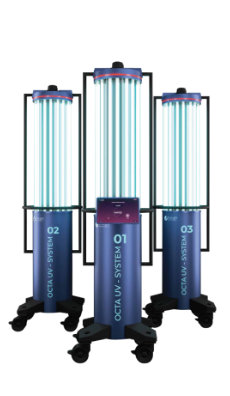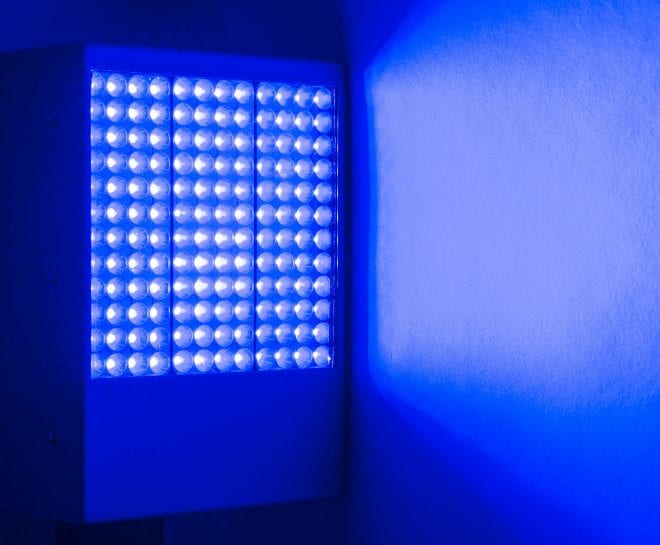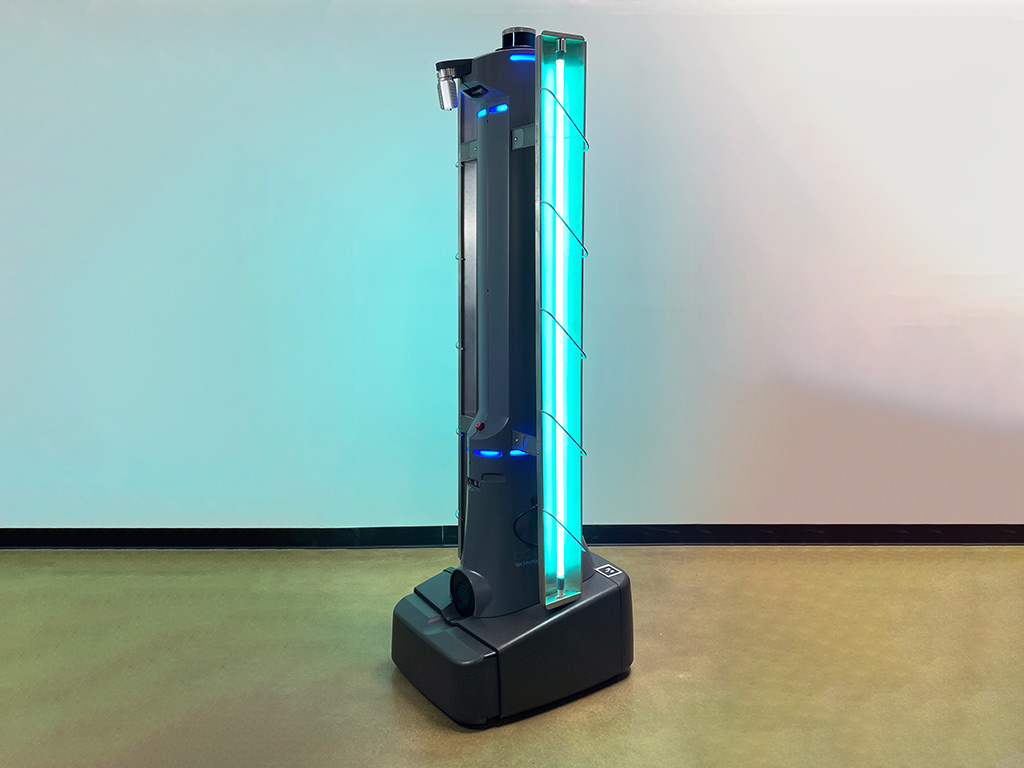UV Disinfection: The Cutting-Edge Technology Transforming Cleanliness Practices
In the realm of sanitation practices, one technology has emerged as a game-changer: UV sanitation. With its capacity to get rid of hazardous virus, this cutting-edge technology is transforming the means we approach tidiness and health. Just how does UV disinfection job, and what are the advantages it provides? From health care settings to food processing, UV disinfection is making its mark in numerous markets. In this discussion, we will certainly check out the complexities of this transformative technology and expect its encouraging future.
Exactly How UV Sanitation Works
UV disinfection works by utilizing ultraviolet light to ruin or suspend bacteria, providing a chemical-free and highly reliable technique of cleanliness. This technology uses the power of short-wavelength UV-C light, which is capable of damaging the DNA and RNA of microbes, hence rendering them incapable to duplicate and cause injury.
The procedure starts with the installment of UV sanitation systems, which consist of UV lights that give off UV-C light. These lights are tactically put in locations where microbial contamination is a concern, such as water therapy plants, hospitals, laboratories, and food handling facilities.
When bacteria are revealed to UV-C light, the photons penetrate their cell wall surfaces and reach the DNA and RNA within. The high-energy UV-C photons interfere with the genetic product by producing bonds in between adjacent nucleotides, resulting in the development of thymine dimers. These dimers avoid the microbes from reproducing, making them harmless.
UV disinfection is very reliable against a broad variety of microorganisms, including bloodsuckers, microorganisms, and infections. It is especially effective against waterborne pathogens like E. coli, Giardia, and Cryptosporidium. Moreover, UV sanitation is a chemical-free method, getting rid of the requirement for possibly damaging disinfectants and decreasing the danger of unsafe disinfection by-products.
Advantages of UV Disinfection
UV sanitation supplies countless benefits in the field of cleanliness, making it a highly favored technique for successfully eliminating damaging bacteria. Unlike conventional sanitation methods that depend on chemicals, UV sanitation utilizes ultraviolet light to destroy the DNA of bacteria, providing them unable to reproduce and trigger infections.

UV disinfection is likewise highly functional in its applications. It can be used in numerous settings, consisting of medical facilities, colleges, food processing facilities, and water treatment plants. UV disinfection systems can be easily integrated into existing hygiene methods, supplying an extra layer of defense versus transmittable diseases.
In addition to its effectiveness and versatility, UV disinfection is additionally eco-friendly. It does not create any dangerous by-products or residues, making it a secure and sustainable technique for cleanliness - uv surface disinfection. Moreover, UV disinfection requires marginal upkeep and has a long life-span, leading to cost financial savings over time.
UV Sanitation in Healthcare Settings
In healthcare setups, UV disinfection has become a revolutionary approach for properly eliminating harmful microbes. Using UV light to disinfect surfaces and tools has acquired appeal as a result of its ability to offer an extra layer of security versus virus. UV disinfection functions by releasing ultraviolet light at a certain wavelength that is deadly to bacteria, infections, and various other microbes. This innovation uses several benefits in healthcare setups.
First of all, UV disinfection is a non-chemical approach, making it an environmentally friendly alternative contrasted to standard sanitation techniques that usually involve the usage of extreme chemicals. Making use of UV light gets rid of the requirement for chemical disinfectants, minimizing the threat of unsafe deposit or chemical direct exposure to both people and healthcare workers.
In addition, UV sanitation is extremely effective in eliminating a vast array of microbes, consisting of drug-resistant bacteria such as MRSA and C. difficile. It supplies a regular and reliable disinfection you could try this out process, guaranteeing that all surface areas and devices are thoroughly decontaminated, also in hard-to-reach areas.

UV Sanitation in Food Processing
The application of UV sanitation expands past healthcare settings and discovers considerable worth in the world of food handling. uv surface disinfection. UV sanitation innovation is ending up being progressively popular in the food market as a result of its capability to efficiently remove damaging microorganisms and boost food safety and security
Among the major advantages of UV sanitation in food handling is its ability to target a variety of bacteria, consisting of molds, microorganisms, and viruses. By utilizing UV light at particular wavelengths, it is possible to interfere with the DNA and RNA of these microorganisms, rendering them incapable to cause or duplicate damage. This modern technology can be related to various stages of the food processing chain, including surface area sanitation, tools sanitation, and water therapy.
UV disinfection provides a non-thermal and chemical-free technique of disinfecting food. Unlike traditional sanitation techniques that rely upon chemicals or warmth, UV modern technology does not leave any deposit or change the taste, structure, or nutritional worth of the food. This makes it a suitable option for industries that require strict adherence to high quality criteria.
In addition, UV sanitation systems are simple to mount and run, needing marginal maintenance. They can be incorporated into existing handling lines without triggering significant interruptions to the manufacturing process. Additionally, UV systems have a quick therapy time, enabling continual handling and minimizing downtime.
The Future of UV Disinfection

One area where UV disinfection is anticipated to make significant innovations remains in the field of this link healthcare. With the rise of antibiotic-resistant germs and the requirement for extra efficient sanitation approaches, UV light has the potential to play a crucial function in lowering healthcare-associated infections. UV disinfection systems can be made use of to decontaminate surfaces, devices, and also the air in healthcare facilities, helping to stop the spread of harmful pathogens and improve client security.
An additional market that might take advantage of improvements in UV sanitation modern technology is the food sector. UV light has actually currently confirmed to be an efficient technique for decontaminating food and reducing the risk of foodborne diseases. As modern technology enhances, we can expect to see extra cost-effective and efficient UV disinfection systems being applied in food handling plants, ensuring that the food we consume is risk-free and without dangerous bacteria.
Verdict
In final thought, UV disinfection is a sophisticated innovation that is changing cleanliness methods in healthcare setups and food handling. By utilizing UV light to eliminate or shut down bacteria, it supplies countless benefits such as performance, performance, and security. With recurring advancements in this area, UV disinfection holds wonderful potential for the future of sanitation, providing a sustainable and reliable solution for keeping tidy and hygienic atmospheres.
UV disinfection is a chemical-free method, removing the requirement for possibly harmful disinfectants and reducing the risk of unsafe disinfection by-products.
Unlike standard disinfection approaches that rely on chemicals, UV disinfection makes use of ultraviolet light to destroy the DNA of bacteria, rendering them not able to recreate and create infections. Unlike typical disinfection techniques that count on chemicals or heat, UV technology does not leave any kind of deposit or alter the taste, appearance, or nutritional value of the food. As modern technology boosts, we can anticipate to see more cost-effective and efficient UV sanitation systems being carried out in food processing plants, making sure that the food we take in is safe and complimentary from dangerous microorganisms.
In verdict, UV disinfection is a cutting-edge modern technology that is changing sanitation techniques in healthcare settings and food processing.